Polycythemia Vera (PV): Market Insights, Clinical Trials, Product Analysis, Patent Analysis, Competitive Analysis and Market Forecast – 2023-2033
Polycythemia Vera (PV) stands as a chronic blood disorder characterized by an excessive production of red blood cells, contributing to the thickening of blood and elevating the risk of complications such as blood clots, heart attacks, and strokes. Beyond the physiological impacts, PV manifests as a source of vague yet bothersome symptoms including skin itchiness, ringing in the ears, abdominal pain, nosebleeds, and blurred or double vision.
As a member of the myeloproliferative neoplasm (MPN) family, PV arises from a gene mutation, most commonly JAK2 or TET2, occurring without clear causation, often surfacing after the age of 60. Though it progresses slowly, the real threat lies in potential complications like blood clotting or progression to more aggressive blood cancers.
Diagnosis and Symptoms:
PV often goes undetected until routine blood tests reveal abnormalities. Symptoms include headaches, visual disturbances, itching, sweating, weakness, and joint swelling. Diagnosing PV involves detailed medical history, physical exams, blood tests indicating abnormal cell counts, and, if needed, bone marrow aspiration or biopsy.
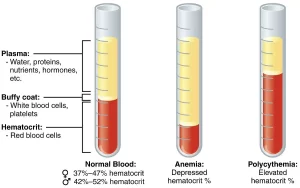
To gain a profound understanding of the dynamic terrain in Polycythemia Vera (PV) research and development, it is crucial to delve into the present state of scientific exploration and the emergence of innovative treatment strategies. This knowledge acts as a crucial guide for making informed decisions in the realm of PV therapy, ensuring strategic choices and the adept integration of treatments within the evolving landscape of healthcare.
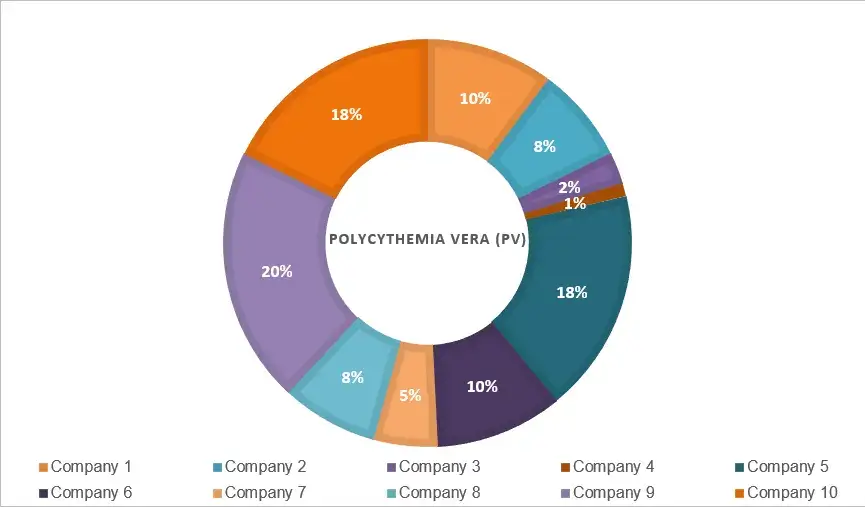
In the realm of Polycythemia Vera (PV) research and market analysis, company profiling assumes a vital role. This involves an exhaustive examination of companies engaged in the PV sector, providing a comprehensive overview of a company’s historical context, product range, financial health, competitive strategies, and recent accomplishments. This insightful data facilitates the assessment of the competitive landscape within the PV market, identifying potential prospects for collaboration and strategic partnerships that can propel advancements and innovation in the field.
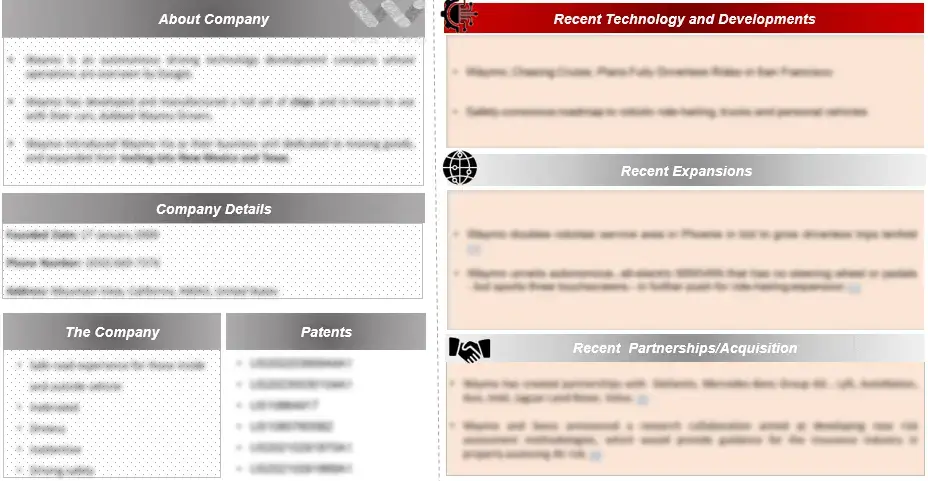
In this report, an extensive patent analysis will be conducted to meticulously evaluate the intellectual property terrain within the Polycythemia Vera (PV) domain. The aim of this analysis is to reveal noteworthy patents, identify influential inventors, and spotlight emerging technological trends specific to the PV sector.
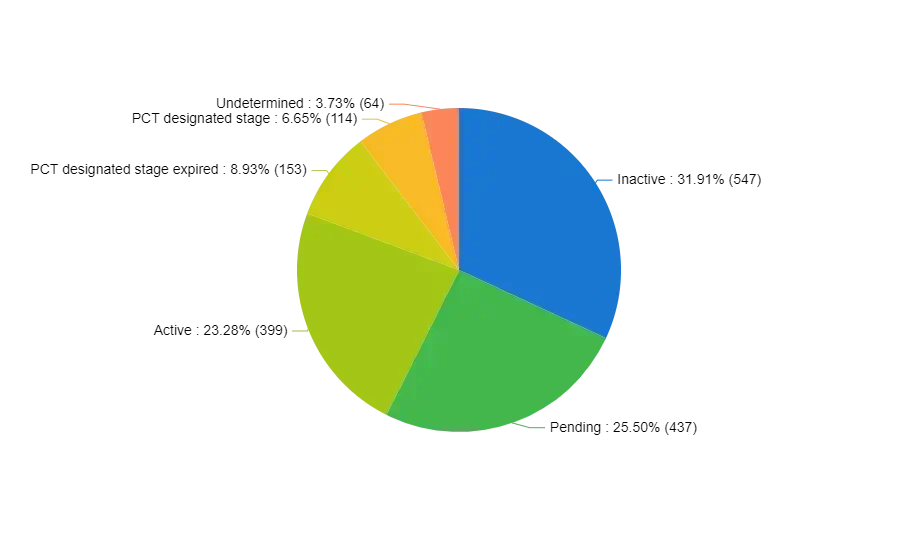

Polycythemia Vera Clinical Trial Analysis:
The clinical trial analysis section in a market research report offers a thorough evaluation of clinical trials linked to Polycythemia Vera (PV). This includes a detailed breakdown of trial categories, study structures, research methodologies, and participant characteristics. The primary goal is to assess the effectiveness, safety, and outcomes of pharmaceuticals and medical interventions within the context of PV.

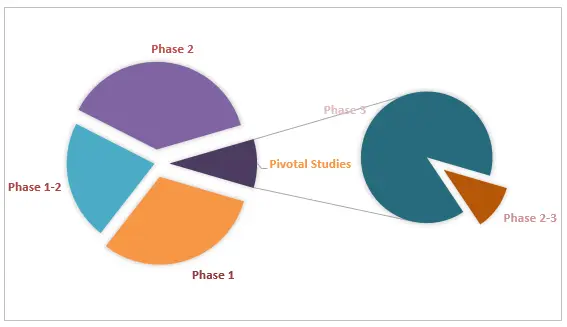
Polycythemia Vera Market Assessment/Forecast:
In a market research report centered on Polycythemia Vera (PV), the market forecast segment offers a comprehensive outlook on upcoming market trends, growth opportunities, and key factors influencing supply and demand dynamics. This segment presents quantitative predictions and provides valuable insights into market size, revenue forecasts, and potential avenues for growth within the PV domain.
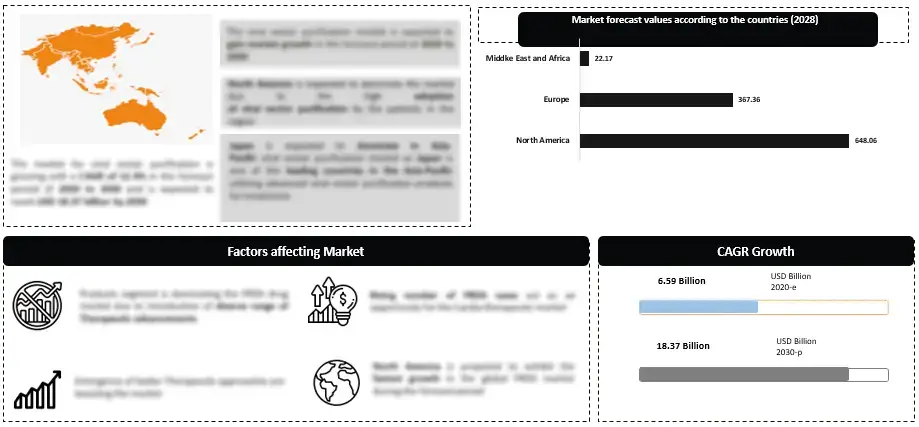
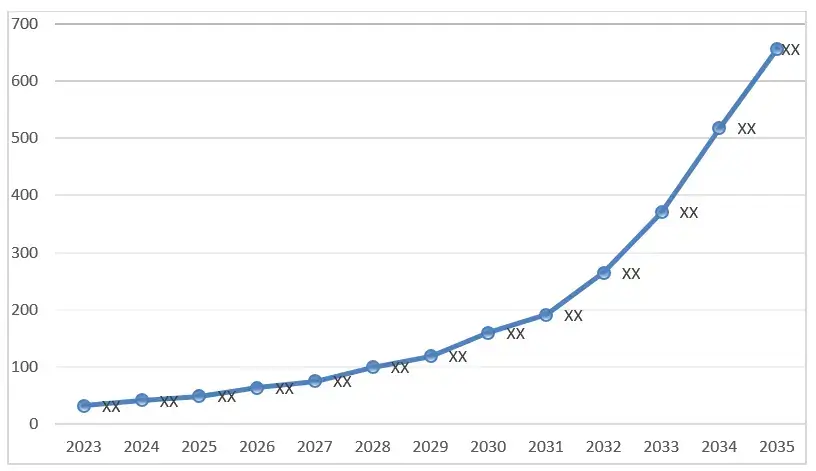
In this market research report focused on Polycythemia Vera (PV), the section dedicated to the competitive landscape will present a brief summary of key market participants. It will encompass individual market shares and offer concise profiles outlining their strengths, weaknesses, and strategic approaches within the PV domain.
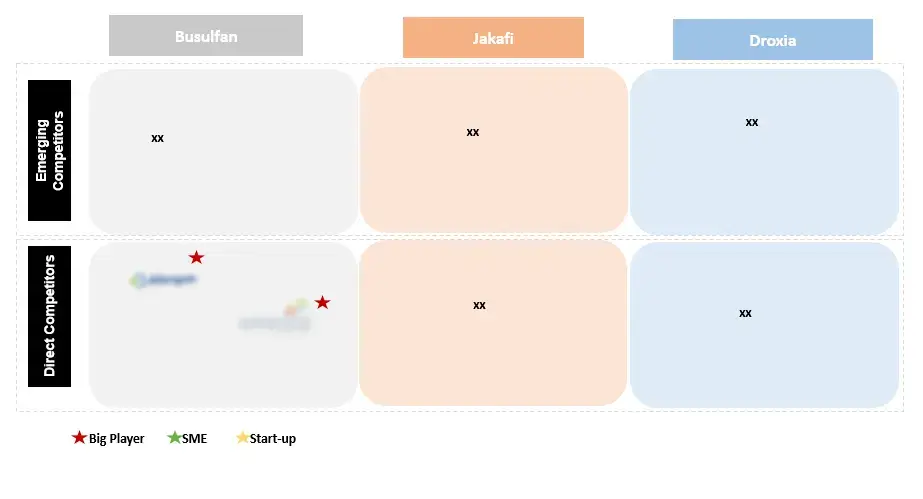
Delve into Pioneering Drug Candidates and Intellectual Property Transforming Pulmonary Arterial Hypertension (PAH) Treatments. Explore the cutting-edge approaches and patents driving advancements in managing PAH, a crucial aspect of cardiovascular disorder therapy.
Discern Growth Prospects and Unique Challenges in the Pulmonary Arterial Hypertension (PAH) Management Market within the context of cardiovascular disorders. Evaluate the evolving landscape for PAH therapies and the obstacles encountered in improving cardiovascular outcomes for patients.
Grasp Current and Future Trends in the Pulmonary Arterial Hypertension (PAH) Management Market, unraveling the dynamics shaping the field of cardiovascular disorder management and cardiovascular health preservation.
Assess Emerging Therapies and Innovative Strategies for Advancing Therapeutics in the management of Pulmonary Arterial Hypertension. Stay up-to-date with breakthroughs and progress in PAH treatment options.
Stay Informed About Developments in Clinical Trials for Pulmonary Arterial Hypertension (PAH) Treatment. Discover the latest advancements and potential breakthroughs in PAH therapies through ongoing clinical research.
Gain Insights into Industry Leaders Shaping the Landscape of Pulmonary Arterial Hypertension (PAH) Research and Cardiovascular Health Enhancement within the domain of cardiovascular disorders therapy. Explore organizations and researchers at the forefront of PAH management.
In order to give the most precise estimations and forecasts, Wissen Research uses an extensive and iterative research approach that is focused on reducing deviation. The company blends top-down and bottom-up methodologies for market segmentation and quantitative estimation. In addition, data triangulation, which examines the market from three separate angles, is a recurrent topic present in all of our research studies. Important components of the approach used for all of our studies include the following:
Preliminary data mining
On a wide scale, unprocessed market data is collected. Continuous data filtering makes sure that only verified and authenticated sources are taken into account. Additionally, data is extracted from a wide range of reports in our repository and from a number of reputable premium databases. We gather information from raw material suppliers, distributors, and purchasers to help with this since understanding the entire value chain is crucial for a thorough understanding of the market.
Surveys, technical symposia, and trade magazines are used to gather information on technical concerns and trends. Technical information focusing on white space and freedom of movement is also obtained from an intellectual property standpoint. Additionally, information on the industry’s drivers, constraints, and pricing patterns is obtained. As a result, a variety of original data are included in the material that is then cross-validated and certified with published sources.
Statistical model
We use simulation models to generate our market projections and estimates. Every study receives a special model that is tailored to it. Data for market dynamics, the technology environment, application development, and pricing patterns are gathered and supplied into the model all at once for analysis. The relative relevance of these factors is investigated, and their impact on the forecast period is assessed, using correlation, regression, and time series analysis. The process of market forecasting combines technological analysis with economic strategies, practical business acumen, and subject expertise.
Econometric models are frequently used for short-term forecasting, but technology market models are typically employed for long-term forecasting. These are based on a confluence of the business environment, regulatory environment, economic projection, and technical landscape. In order to develop global estimates, it is preferable to estimate markets from the bottom up by integrating data from key regional markets. This is required to ensure accuracy and a complete comprehension of the subject. Among the variables taken into account for forecasting are:
Regulations and anticipated developments
We give these criteria weights and use weighted average analysis to assess their market influence in order to calculate the anticipated market growth rate.
Primary research | Secondary research |
· Manufacturers · Technology distributors and wholesalers · End-user surveys · Consumer surveys | · Company reports and publications · Government publications · Independent investigations · Economic and demographic data · Online searches · Research reviews · Reference customers |
1. Introduction, Overview and Classification of Polycythemia Vera
1.1 Definition of Polycythemia Vera (PV)
1.2 Significance of PV Research and Analysis
1.3 PV Types and Subtypes
1.4 Disease Progression and Staging
1.5 Diagnostic Methods and Biomarkers
2. Market Insight
2.1 Current PV Treatment Landscape
2.2 Market Trends and Dynamics
2.3 Key Market Drivers and Challenges
3. Clinical Trials in PV
3.1 Ongoing Clinical Trials
3.2 Promising Therapeutic Approaches
3.3 Patient Recruitment and Outcomes Analysis by Trial Registration Year
3.4 Analysis by Phase of Development
3.5 Analysis by Number of Patients Enrolled
3.6 Analysis by Status of Trial
3.7 Analysis by Study Design
3.8 Analysis by Geography
3.9 Analysis by Key Sponsors / Collaborators
4. Product Analysis
4.1 Current Therapeutic Options
4.2 Emerging Therapies and Pipeline Drugs
4.3 Medical Devices and Diagnostic Tools
5. Patent Analysis
5.1 Top Assignees
5.2 Geography Focus of Top Assignees
5.3 Legal Status
5.4 Technology Evolution
5.5 Key Patents
5.6 Patent Trends and Innovations
6. Competitive Analysis
6.1 Benchmarking Parameters
6.2 Benchmarking for Scouting Top Competitors
6.3 Leading Companies in PV Market
6.4 Market Share and Competitive Strategies
6.5 Mergers, Acquisitions, and Partnerships
7. Market Forecast (2023-2033)
7.1 Projected Market Size and Growth
7.2 Regional Market Trends (USA & 4EU)
7.3 Emerging Market Opportunities
7.4 Future Market Challenges
8. Global PV Market, by Type
8.1 Erythremia
8.1.1 Key Market Trends, Growth Factors, and Opportunities
8.1.2 Market Size and Forecast, by Region
8.1.3 Market Share Analysis by Country
8.2 Thrombocythemia
8.2.1 Key Market Trends, Growth Factors, and Opportunities
8.2.2 Market Size and Forecast, by Region
8.2.3 Market Share Analysis by Country
8.3 Leukocytosis
8.3.1 Key Market Trends, Growth Factors, and Opportunities
8.3.2 Market Size and Forecast, by Region
8.3.3 Market Share Analysis by Country
8.4 Others
8.4.1 Key Market Trends, Growth Factors, and Opportunities
8.4.2 Market Size and Forecast, by Region
8.4.3 Market Share Analysis by Country
9. Key Developments in PV Research
9.1 Breakthroughs in PV Treatment
9.2 Personalized Medicine and Immunotherapies
9.3 Impact of Novel Therapies on Patient Outcomes
9.4 Patient Perspective and Support Services
9.5 Patient Advocacy Groups
9.6 Access to Treatment and Healthcare Services
10. Conclusion
11. Appendix
A. Glossary of Terms
B. List of Abbreviations
C. References
S.no | Key Highlights of Report | |
1. | Patent Analysis | · Top Assignee · Geography focus of top Assignees · Assignee Segmentation · Network analysis of the top collaborating entities in Polycythemia Vera (PV) therapy patent applications · Technology Evolution · Key Patents · Application and Issued Trend · Key technology |
2. | Market Analysis | · Current Treatment Options · Emerging Therapies and Research Developments (by product analysis and scientific analysis) · Strategic activities · Company portfolio · Detailed profiles of the key players that are engaged in the development of approved drugs |
3. | Clinical Trials | · Analysis of clinical trial through graphical representation · Coverage of treatments from pre-clinical phases till commercialization (also including terminated and completed studies) |
4. | Forecast | · Detailed comprehension of the historic, current and forecasted trend of market by analysis of impact of these treatments on the market |
5. | Opportunity Analysis | · Technology evolution based on problem solution · Potential licensees · Treatment trends · Unmet needs · SWOT · Drivers and barriers |
6. | KOLs | · A detailed analysis and identification of the key opinion leaders (KOLs), shortlisted based on their contributions |
LIST OF FIGURES
Figure number | Description |
Figure 1 | Terminology of Polycythemia Vera (PV) Over The Years |
Figure 2 | Polycythemia Vera (PV) Treatment– History and Present |
Figure 3 | Projection of Polycythemia Vera (PV) till 2033 in different geographies |
Figure 4 | Technology Categorization of treatment options for Polycythemia Vera (PV) |
Figure 5 | Recent Technology Trends in Polycythemia Vera (PV) |
Figure 6 | Technology Evolution in Market of Polycythemia Vera (PV) |
Figure 7 | Geographical Distribution of Patents of Top Assignees |
Figure 8 | Assignee Segmentation (Companies) |
Figure 9 | Assignee Segmentation (Educational Establishment) |
Figure 10 | Patent Based Key Insights Of xx |
Figure 11 | Patent Based Key Insights of xx |
Figure 12 | Patent Based Key Insights of xx |
Figure 13 | Geographic Distribution of the Universities/Research Organizations Filling Patents On Various Treatment Approaches |
Figure 14 | Key Summary Regarding the Patent Filing On Polycythemia Vera (PV) |
Figure 15 | Product Pipeline of Different Approaches with Companies Name |
Figure 16 | Portfolio for Approved Product |
Figure 17 | Clinical Trials Conducted till Date by Different Companies and Universities |
Figure 18 | Clinical Trials based Key Insights |
Figure 19 | Key Growth Drivers for Polycythemia Vera (PV) Market |
Figure 20 | Restraints for Polycythemia Vera (PV) Market |
Figure 21 | xx Portfolio (Top Player) |
Figure 22 | xx Portfolio (Top Player) |
Figure 23 | xx Portfolio (Top Player) |
Figure 24 | xx Portfolio (Top Player) |
Figure 25 | xx Portfolio (Top Player) |
Figure 26 | xx Portfolio (Start-up) |
Figure 27 | xx Portfolio (Start-up) |
Figure 28 | xx Portfolio (Start-up) |
Figure 29 | Strategic Activities Including Collaboration, Partnerships and Acquisitions |
Figure 30 | Research Methodology for Patent, Selection and Analysis |
Figure 31 | Research Methodology for Clinical Trials, Selection and Analysis |
LIST OF GRAPHS
Graph number |
Description |
Graph 1 | Number of people worldwide with Polycythemia Vera (PV) |
Graph 2 | Problem Solution Analysis |
Graph 3 | Top Assignees in Polycythemia Vera (PV) |
Graph 4 | Technology Focus of Top Assignees (IPC-CPC Classes) |
Graph 5 | Top Countries of Origin of Patents |
Graph 6 | New entrants in drug delivery field |
Graph 7 | Legal Status |
Graph 8 | Most Cited Patents |
Graph 9 | Patents with Largest Invention Families |
Graph 10 | Most Claim-Heavy Patents |
Graph 11 | Filing Trends |
Graph 12 | Clinical Trial Filing Timeline |
Graph 13 | Recruitment Status of the Clinical Trials Related to the Different Drug Delivery Approaches |
Graph 14 | Clinical Trials Phases with Respect to Specific Drug Delivery Approach |
Graph 15 | Weighted Scores for Top 64 Players According to Benchmarking Criteria |
Graph 16 | Polycythemia Vera (PV) (CAGR: 2023-2033) |
Graph 17 | Polycythemia Vera (PV) Market Share: Distribution by Key Geographical Area, 2023-2033 |
LIST OF TABLES
Table number | Description |
Table 1 | Parameters included and excluded for conducting the analysis |
Table 2 | Technology Classes with Definitions |
Table 3 | Patent Litigation |
Table 4 | Highest Market Valued Patents |
Table 5 | SWOT Analysis of Top 3 Players |
Table 6 | Parameters and their score for Benchmarking |
Table 7 | Weighted scores for top 5 players according to benchmarking criteria |
© Copyright 2024 – Wissen Research All Rights Reserved.